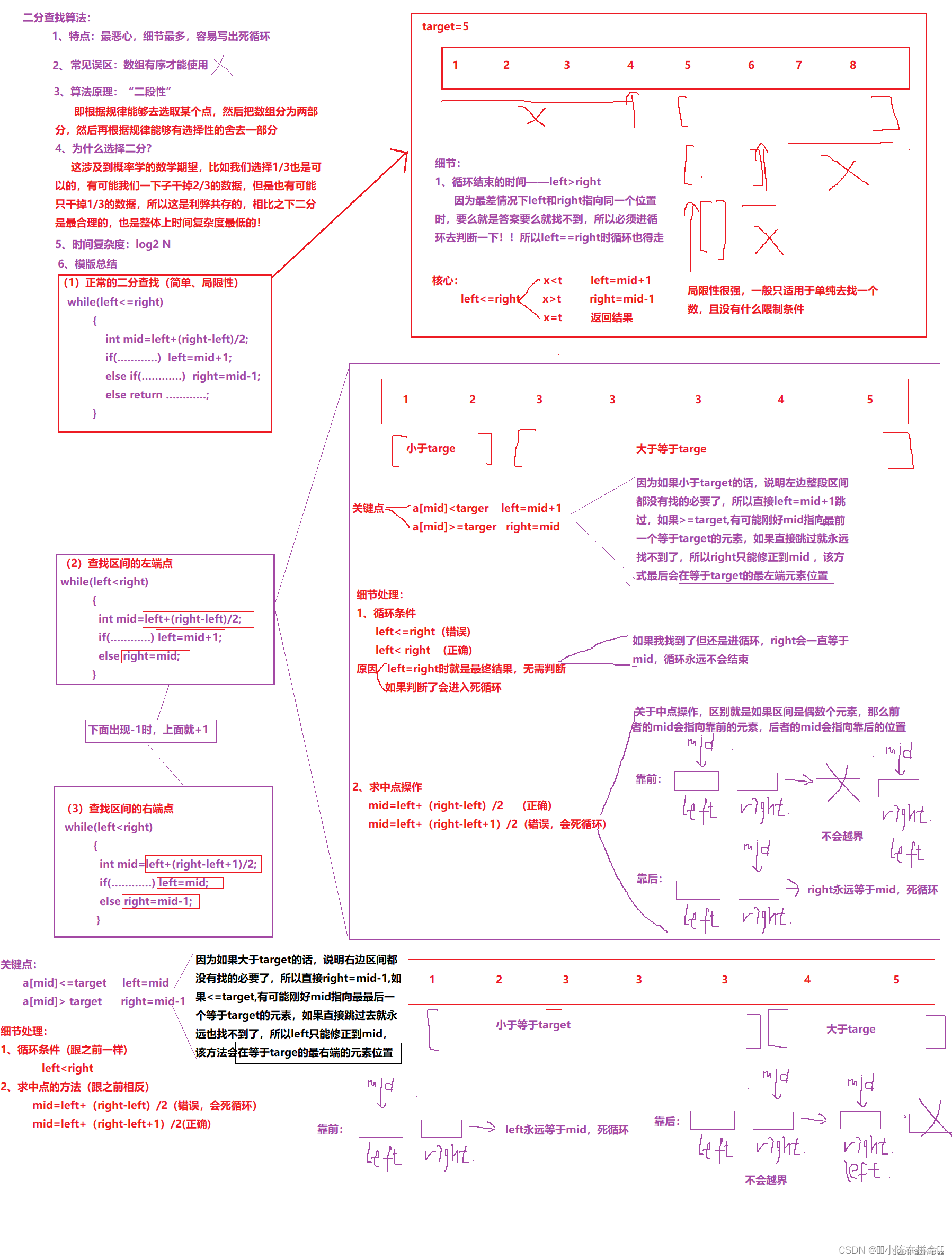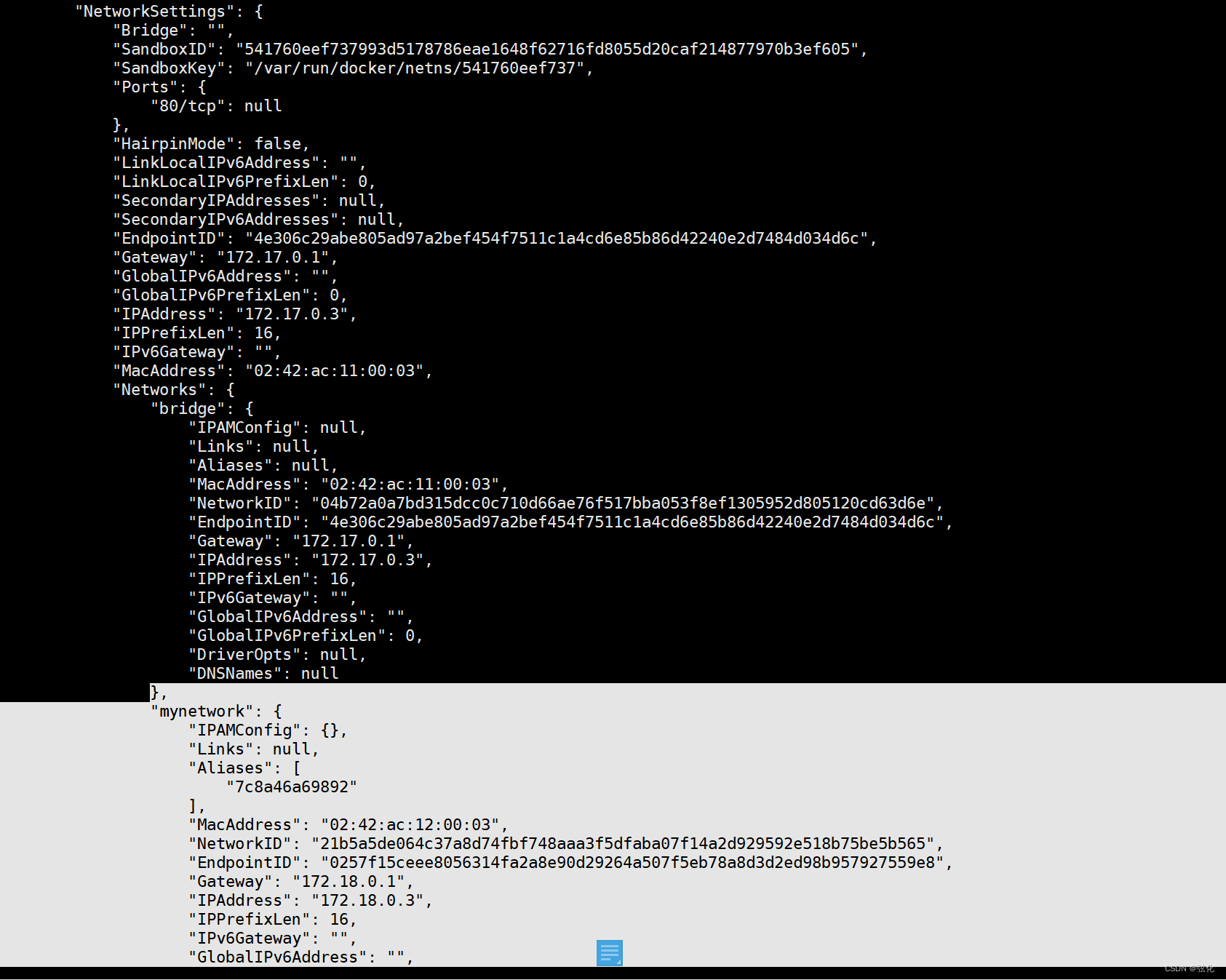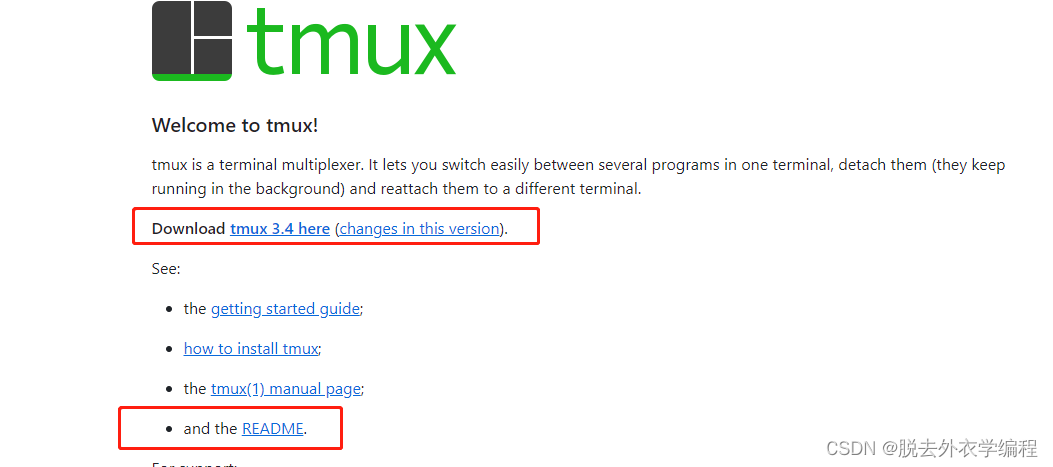中序遍历
给定一个二叉树的根节点 root ,返回 它的 中序 遍历 。
中遍历结果为:H D I B E J A F K C G
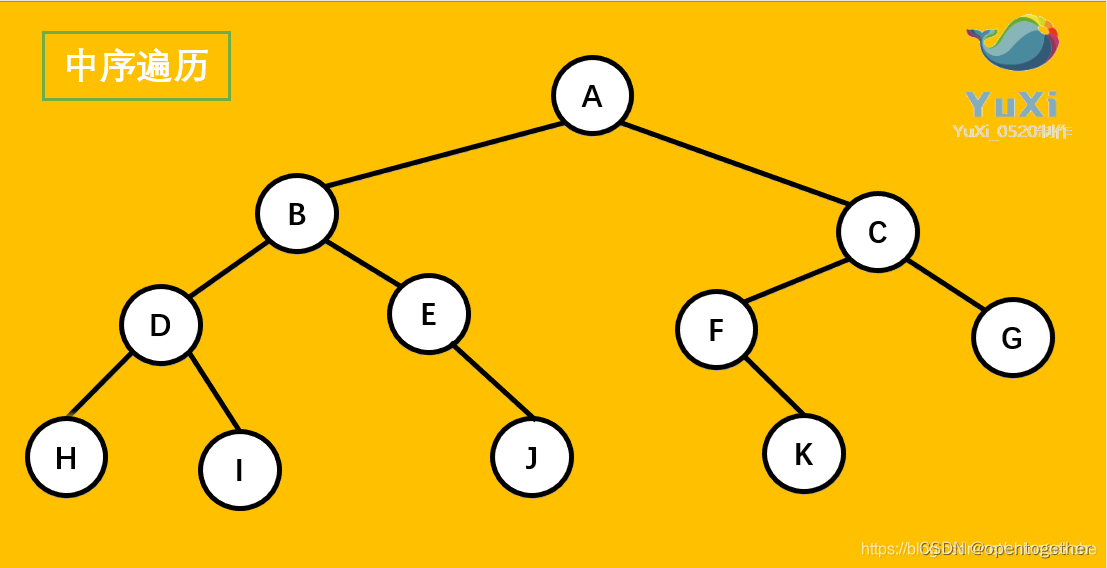
示例 1:
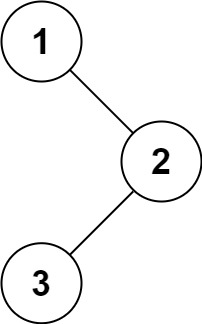
输入:root = [1,null,2,3] 输出:[1,3,2]
示例 2:
输入:root = [] 输出:[]
示例 3:
输入:root = [1] 输出:[1]
提示:
- 树中节点数目在范围
[0, 100]内 -100 <= Node.val <= 100
方法一:递归
class Solution {
public List<Integer> inorderTraversal(TreeNode root) {
List<Integer> res = new ArrayList<Integer>();
inorder(root, res);
return res;
}
public void inorder(TreeNode root, List<Integer> res) {
if (root == null) {
return;
}
inorder(root.left, res);
res.add(root.val);
inorder(root.right, res);
}
}
方法二:迭代
class Solution {
public List<Integer> inorderTraversal(TreeNode root) {
List<Integer> res = new ArrayList<Integer>();
Deque<TreeNode> stk = new LinkedList<TreeNode>();
while (root != null || !stk.isEmpty()) {
while (root != null) {
stk.push(root);
root = root.left;
}
root = stk.pop();
res.add(root.val);
root = root.right;
}
return res;
}
}
前序遍历
先序遍历结果为:A B D H I E J C F K G
import java.util.Stack;
// 定义二叉树节点
class TreeNode {
int val;
TreeNode left;
TreeNode right;
TreeNode(int val) {
this.val = val;
}
}
public class PreorderTraversal {
public static void preorderTraversal(TreeNode root) {
if (root == null) {
return;
}
Stack<TreeNode> stack = new Stack<>();
stack.push(root);
while (!stack.isEmpty()) {
TreeNode current = stack.pop();
System.out.print(current.val + " ");
// 先将右子树入栈,再将左子树入栈,这样出栈的顺序就是先左后右
if (current.right != null) {
stack.push(current.right);
}
if (current.left != null) {
stack.push(current.left);
}
}
}
public static void main(String[] args) {
// 创建二叉树
TreeNode root = new TreeNode(1);
root.left = new TreeNode(2);
root.right = new TreeNode(3);
root.left.left = new TreeNode(4);
root.left.right = new TreeNode(5);
// 非递归前序遍历
System.out.println("非递归前序遍历结果:");
preorderTraversal(root);
}
}后序遍历
后序遍历结果:H I D J E B K F G C A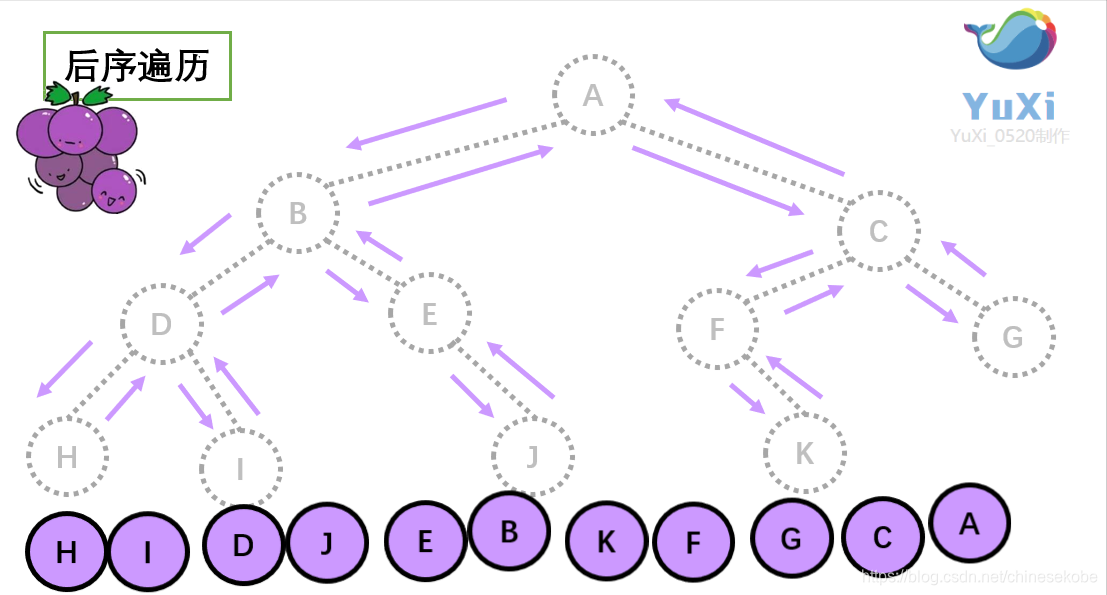
import java.util.Stack;
// 定义二叉树节点
class TreeNode {
int val;
TreeNode left;
TreeNode right;
TreeNode(int val) {
this.val = val;
}
}
public class PostorderTraversal {
public static void postorderTraversal(TreeNode root) {
if (root == null) {
return;
}
Stack<TreeNode> stack = new Stack<>();
Stack<TreeNode> output = new Stack<>(); // 用于保存后序遍历结果
stack.push(root);
while (!stack.isEmpty()) {
TreeNode current = stack.pop();
output.push(current);
if (current.left != null) {
stack.push(current.left);
}
if (current.right != null) {
stack.push(current.right);
}
}
// 输出后序遍历结果
while (!output.isEmpty()) {
TreeNode node = output.pop();
System.out.print(node.val + " ");
}
}
public static void main(String[] args) {
// 创建二叉树
TreeNode root = new TreeNode(1);
root.left = new TreeNode(2);
root.right = new TreeNode(3);
root.left.left = new TreeNode(4);
root.left.right = new TreeNode(5);
// 非递归后序遍历
System.out.println("非递归后序遍历结果:");
postorderTraversal(root);
//非递归后序遍历结果:
//4 5 2 3 1
}
}层序遍历
层次遍历结果:A B C D E F G H I J K

自己的总结及扩展: 算法:二叉树的层序遍历和每层最大值-CSDN博客
https://blog.csdn.net/modi000/article/details/127301630


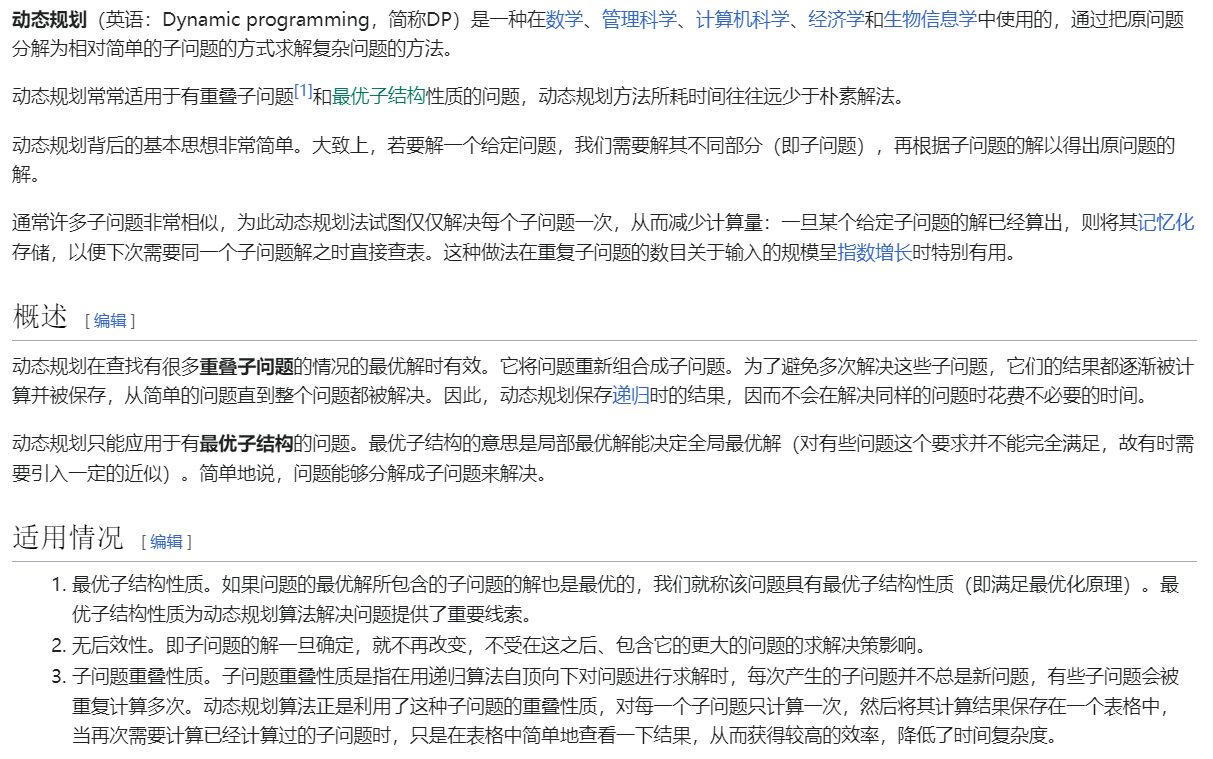
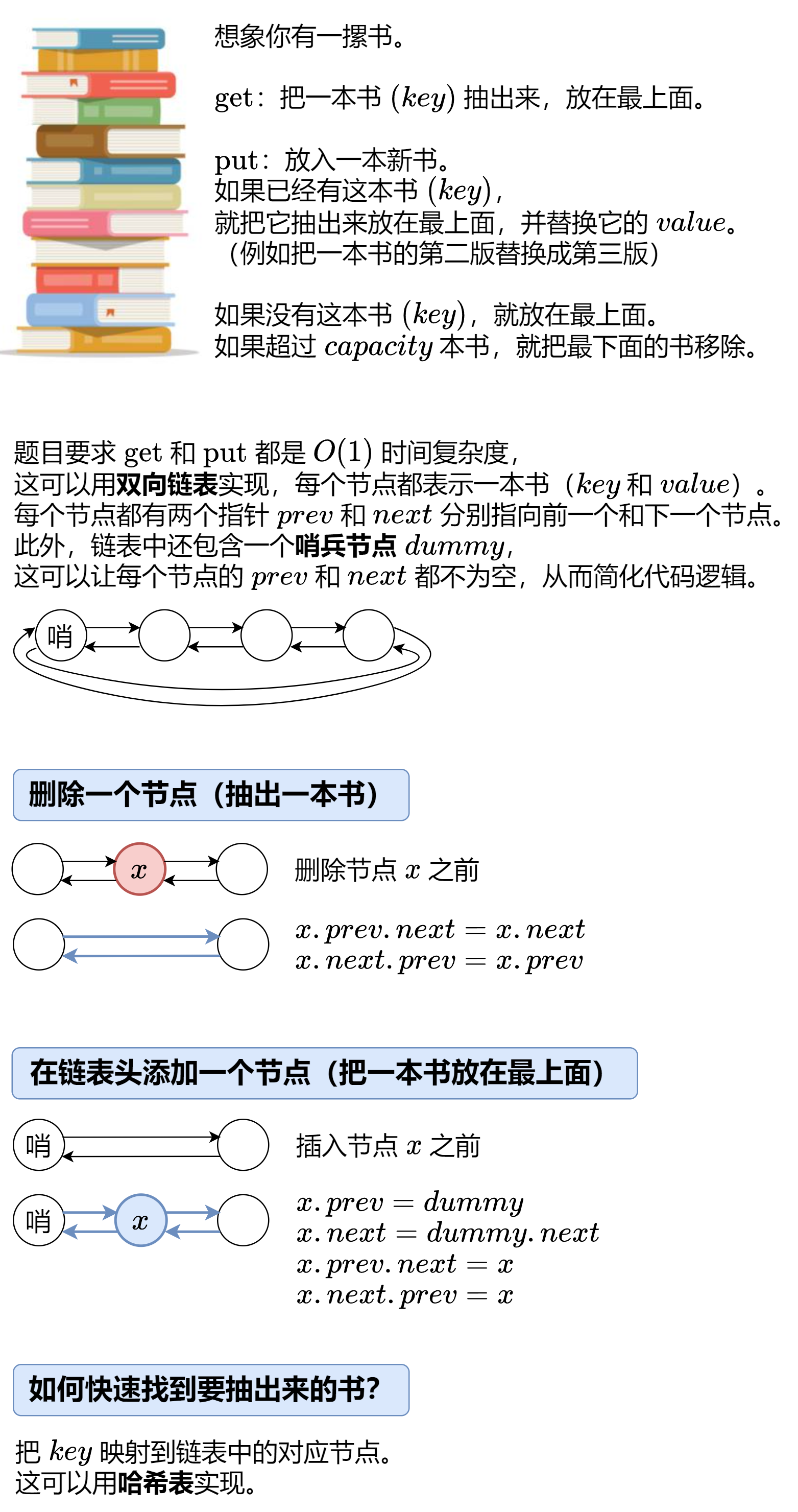


![[CAN] DBC数据库编辑器的下载与安装](https://img-blog.csdnimg.cn/direct/c8dffeaa4c784481b1ef873b8e6df261.png#pic_center)


